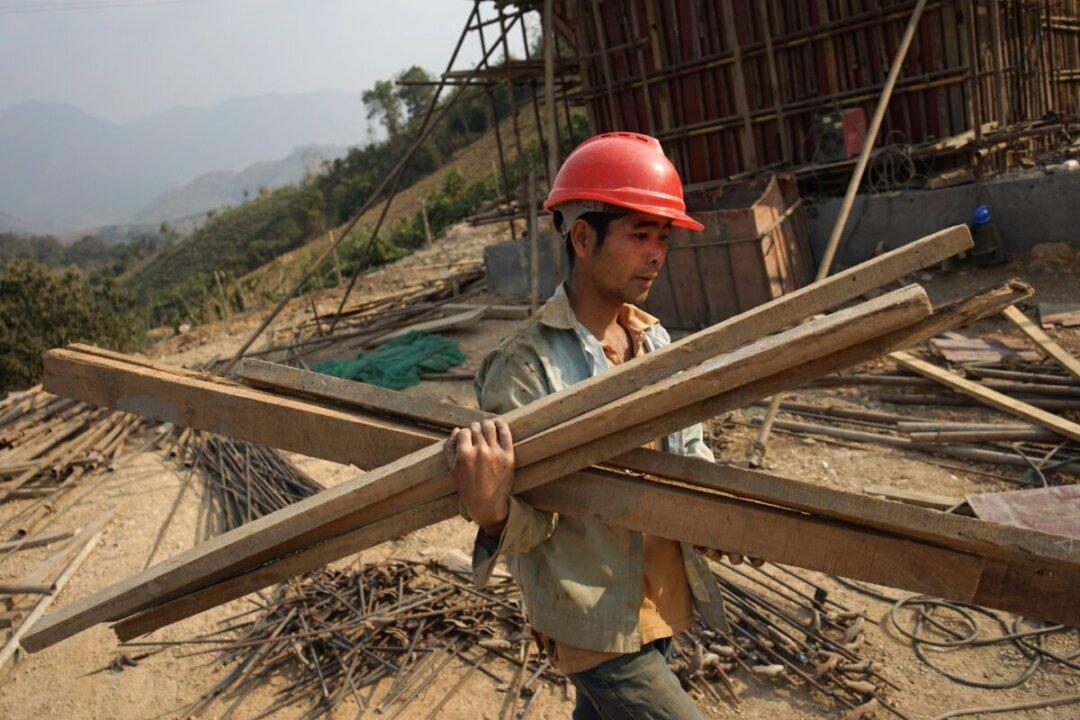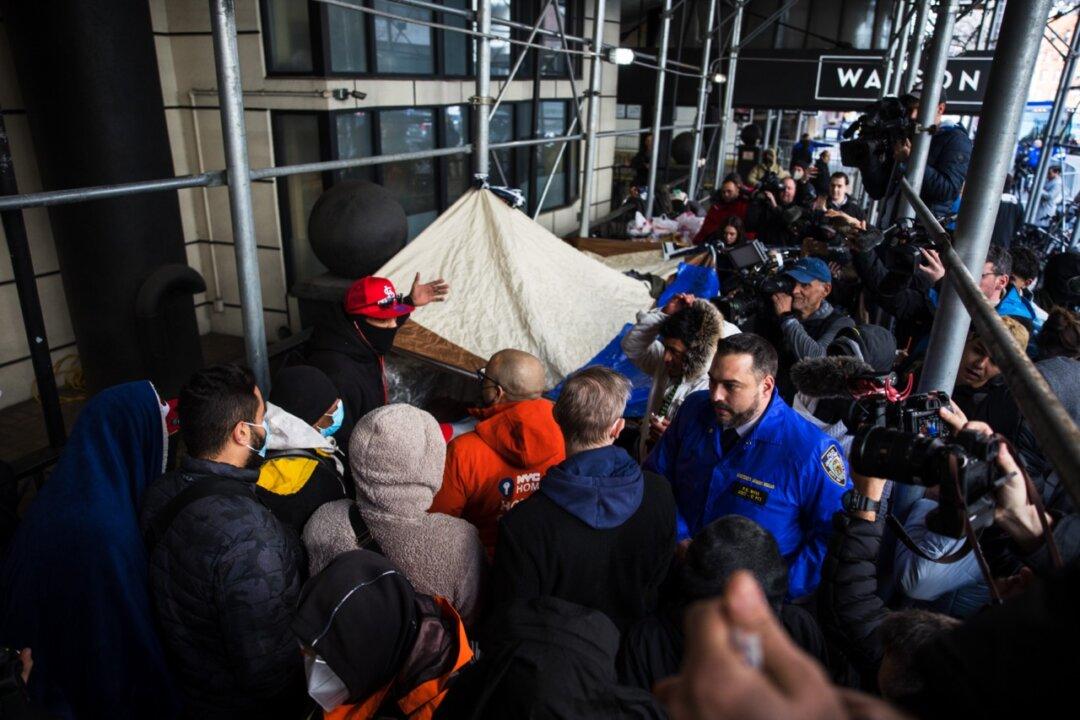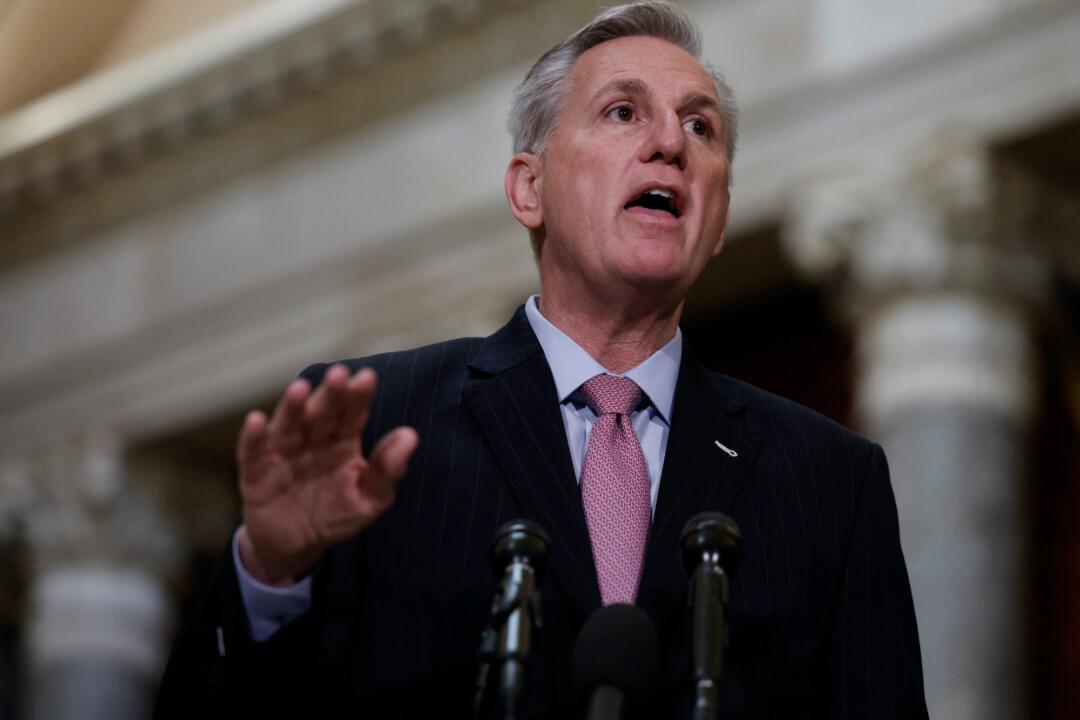A rights group has recorded more than 600 human rights abuses allegedly committed by overseas Chinese businesses between 2013 and 2020.
The Aug. 11 report titled “‘Going Out’ Responsibly: The Human Rights Impact of China’s Global Investments,” lists a range of human rights concerns including environmental risks, infringing on land rights and loss of livelihoods.
Other alleged abuses covered by the report are inadequate compensation of local residents, along with poor labor payment, workplace safety, and mistreatment of workers.
“As Chinese businesses—particularly energy, construction, and mining and metals companies—continue to venture abroad, civil society and the media have reported an unfortunate increase in social, environmental and human rights violations—particularly in Asia, Africa and Latin America,” said the report.
BHRRC said that higher rates of alleged abuse appeared both in countries “with weaker governance” and that rely on Chinese investments.
Burma (also known as Myanmar) holds the highest number of alleged abuses—almost 100 allegations, followed by Peru (60), Ecuador (39), Laos (39), Cambodia (34), and Indonesia (25), according to the report.
“There is a possibility more projects operated by Chinese companies could be approved by the military junta in the future,” the report said, as others steer clear of the country suffering civil strife since the Feb. 1 coup.
Data also shows human rights risks are particularly high in metals and mining industries, making up one-third of all reports, followed by construction and fossil fuel energy industries.
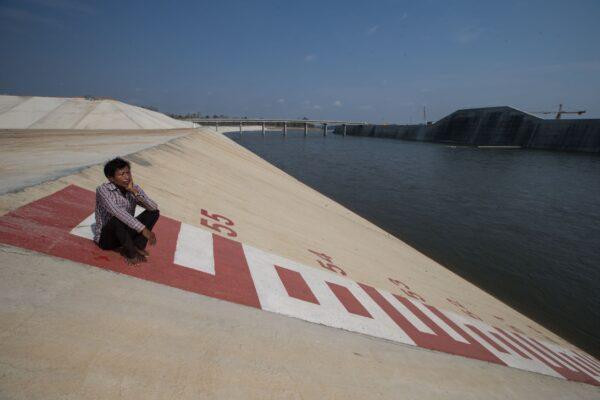
Other rights groups—such as Human Rights Watch (HRW)—have voiced similar concerns.
Responses
The BHRRC sought over a hundred company responses during the eight-year period that their report covers. Despite the overall response rate from Asian companies exceeding 50 percent, Chinese companies had a response rate of 24 percent.Researchers found most of the company responses received were in full Chinese. The report indicated a reluctance of the companies to communicate in English or local languages.
“[This could affect] communities and civil society in host countries who wish to engage with Chinese companies,” researchers said.
Half of the responses also avoided directly responding to questions, and companies “often merely” referred to local laws, instead of international standards.
“This is potentially problematic,” said the report, explaining that some local regulations are weakly written or enforced.
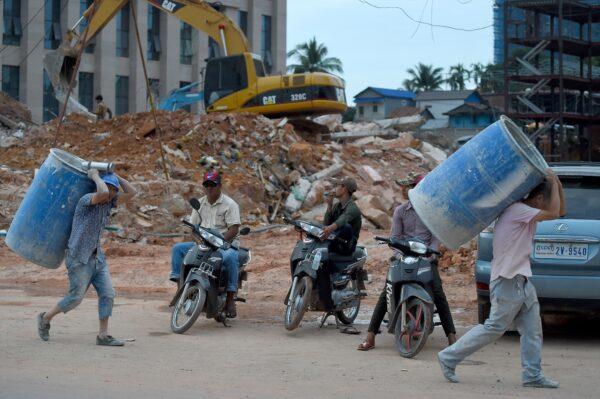
‘Going Out Policy’
Beijing introduced a “Going Out Policy“ in 1999 to promote overseas Chinese investment and BHRRC said since then ”the footprint of Chinese enterprises has expanded considerably.”This policy was further fueled by current leader Xi Jinping launching the multi-trillion-dollar BRI scheme in 2013 to link China with Asia, Europe, and beyond, via a network of ports, railways, and roads.
As of Jan. 30, 2021, China claimed to have signed 205 cooperation documents tied to BRI projects like railways, ports, and highways, with 140 countries and 31 international organizations.
